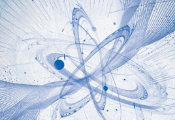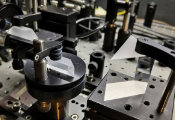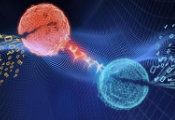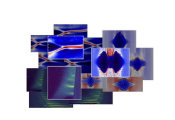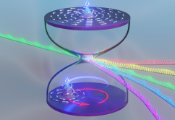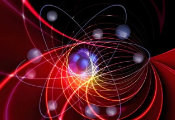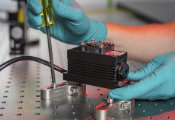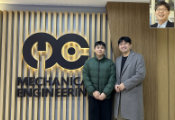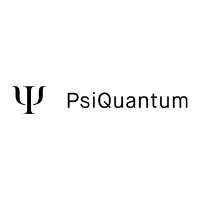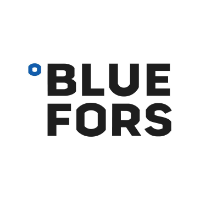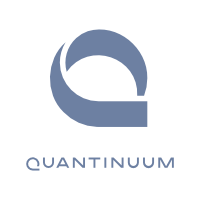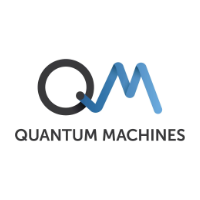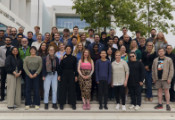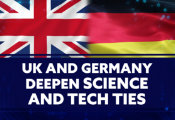Atom Arrays and Cavity QED: Scalable, Parallel Quantum Measurement Achieved
July 17, 2025 -- Researchers demonstrate a cavity array microscope, coupling each atom in a two-dimensional array to its own individual cavity, achieving strong light-matter interaction without nanophotonics. This platform enables fast, non-destructive, parallel atom readout on millisecond timescales, and represents a step towards large-scale atom array networking.
The pursuit of robust quantum systems necessitates innovative architectures capable of both precise control and scalable readout of individual quantum bits. Recent advances in neutral atom arrays and cavity quantum electrodynamics (QED) represent significant progress, yet combining these approaches has proven challenging, typically limited by interfacing an entire array with a single cavity mode. A collaborative team, comprising Adam L. Shaw, Anna Soper, Danial Shadmany, Aishwarya Kumar, Lukas Palm, Da-Yeon Koh, Vassilios Kaxiras, Lavanya Taneja, Matt Jaffe, David I. Schuster, and Jonathan Simon, from institutions including Stanford University, Stony Brook University, The University of Chicago, Harvard University, and Montana State University, now present a solution in their article, ‘A cavity array microscope for parallel single-atom interfacing’. Their work details an experimental platform enabling strong coupling between each atom in a two-dimensional array and its own individual cavity, utilising a free-space cavity geometry with intra-cavity lenses to achieve above-unity peak cooperativity, and demonstrating fast, non-destructive, parallel readout with potential for future networking applications.
The cavity array microscope establishes a platform for many-body quantum electrodynamics, successfully coupling over 40 individual neutral atoms to corresponding optical cavity modes within a meticulously designed two-dimensional array. Experiments confirm strong light-matter interaction, achieving peak cooperativity exceeding unity and demonstrating homogeneous coupling across the entire array. Cooperativity, a key metric in cavity QED, quantifies the rate of light-matter interaction relative to cavity losses; a value greater than one indicates that interactions dominate, enabling quantum phenomena. This innovative configuration overcomes limitations present in previous integrations of neutral atom arrays and cavity QED systems, which traditionally interfaced arrays with a single global cavity mode, restricting scalability and individual atom control.
Researchers constructed the system to achieve strong coupling between individual atoms and their respective cavities, enabling precise manipulation and observation of quantum phenomena. The design prioritises minimising decoherence pathways – the loss of quantum information due to interaction with the environment – and simplifying fabrication processes, crucial factors for building stable and scalable quantum systems. By individually addressing and controlling atoms, scientists unlock the potential for complex quantum operations and the creation of scalable quantum networks.
The presented system facilitates fast, non-destructive, and parallel readout of atomic states on millisecond timescales, representing an advancement in quantum measurement capabilities. Crucially, the platform achieves cavity-resolved readout into a fiber array, serving as a proof-of-principle for future networking applications and demonstrating the potential for transmitting quantum information over extended distances. This cavity-resolved readout allows for the detection of single photons emitted from individual atoms, essential for quantum communication protocols.
Scientists eschewed nanophotonic elements, opting instead for a novel free-space cavity geometry incorporating intra-cavity lenses to achieve the necessary mode confinement and coupling strength. This approach minimises stray electromagnetic fields and vibrations, which can disrupt delicate quantum states and degrade performance. The free-space design also simplifies fabrication and allows for greater flexibility in array geometry.
The team implemented rigorous calibration procedures and data analysis techniques to account for systematic errors and ensure the accuracy of measurements. They employed advanced signal processing algorithms to extract relevant information from noisy data and improve the signal-to-noise ratio, meticulously characterising the system’s performance and identifying key operational parameters. This careful calibration is essential for reliable quantum measurements.
Researchers meticulously designed the optical layout to minimise losses and maximise the collection efficiency of emitted photons, incorporating advanced laser stabilisation techniques to maintain coherence and accuracy. The design prioritises minimising the effects of thermal drift and mechanical vibrations. Maintaining coherence, the preservation of the phase relationship between quantum states, is paramount for performing quantum operations.
Future research will focus on exploring the potential for implementing quantum error correction protocols to protect fragile quantum states from decoherence. Scientists will investigate advanced materials and fabrication techniques to further improve performance and scalability, and plan to collaborate with other researchers to develop new quantum algorithms and applications.
The platform’s versatility extends beyond quantum computing and communication, offering potential applications in quantum sensing, metrology, and imaging. Researchers envision utilising this technology to develop highly sensitive detectors for gravitational waves, dark matter, and other elusive phenomena, and creating novel materials with tailored properties.
Future research will also focus on exploring the potential for integrating this platform with other quantum technologies, such as superconducting qubits and trapped ions, to combine the strengths of different platforms. The team plans to collaborate with industry partners to develop practical applications and bring the technology to market.
The platform’s scalability and versatility make it a promising candidate for building large-scale quantum computers and networks, and developing quantum simulators that can solve complex problems in materials science, drug discovery, and artificial intelligence. These quantum simulators could model complex quantum systems that are intractable for classical computers.

